
Amiga is a family of personal computers introduced by Commodore in 1985. The original model is one of a number of mid-1980s computers with 16- or 16/32-bit processors, 256 KB or more of RAM, mouse-based GUIs, and significantly improved graphics and audio compared to previous 8-bit systems. These systems include the Atari ST—released earlier the same year—as well as the Macintosh and Acorn Archimedes. Based on the Motorola 68000 microprocessor, the Amiga differs from its contemporaries through the inclusion of custom hardware to accelerate graphics and sound, including sprites and a blitter, and a pre-emptive multitasking operating system called AmigaOS.
Amiga E is a programming language created by Wouter van Oortmerssen on the Amiga computer. The work on the language started in 1991 and was first released in 1993. The original incarnation of Amiga E was being developed until 1997, when the popularity of the Amiga platform dropped significantly after the bankruptcy of Amiga intellectual property owner Escom AG.
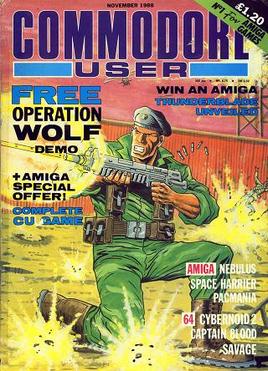
Commodore User, later renamed to CU Amiga, is a series of American and British magazines published by Commodore International.
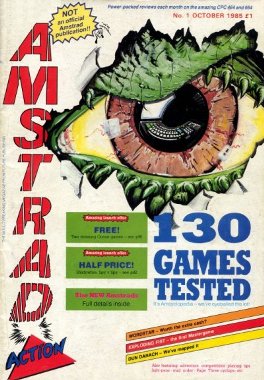
Amstrad Action was a monthly magazine, published in the United Kingdom, which catered to owners of home computers from the Amstrad CPC range and later the GX4000 console.
Andrew Nicholas Oliver and Philip Edward Oliver, together known as the Oliver Twins, are British twin brothers and video game designers.

Amiga Power (AP) was a monthly magazine about Amiga video games. It was published in the United Kingdom by Future Publishing and ran for 65 issues, from May 1991 to September 1996.

Zzap!64 was a computer games magazine covering games for computers manufactured by Commodore International, especially the Commodore 64 (C64). It was published in the UK by Newsfield Publications Ltd and later by Europress Impact.

The One was a video game magazine in the United Kingdom which covered 16-bit home gaming during the late 1980s and early 1990s. It was first published by EMAP in October 1988 and initially covered computer games aimed at the Atari ST, Amiga, and IBM PC compatible markets.

Epic is a space combat simulation game developed by Digital Image Design and published by Ocean Software for the Commdore Amiga and Atari ST in early 1992. A port to MS-DOS also appeared in the same year, followed by a version for the NEC PC-9801 in 1993. A sequel, titled Inferno, was released in 1994 for PCs only.

PGA Tour Golf is a golf video game and the first in the PGA Tour game series. It was developed by Sterling Silver Software and released in 1990, for MS-DOS. It was initially published by Electronic Arts, which subsequently released versions of the game for Sega Genesis and Amiga in 1991, followed by a version for the SNES in 1992. By 1994, Tengen had published versions for Sega's Master System and Game Gear consoles. PGA Tour Golf received generally positive reviews for its realism, sound, and camera. Several critics considered the computer versions to be the best golf game available at the time of its release. It was followed by PGA Tour Golf II.
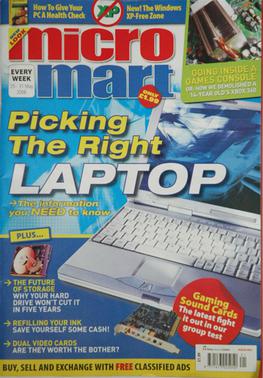
Micro Mart was a weekly computer magazine published in the United Kingdom by Dennis Publishing Ltd. As of 2015, it had a circulation of 5,422. In a letter to subscribers in December 2016 it was announced that the magazine would cease publication with issue No 1445 : "After 30 amazing years of telling it like it is, Micro Mart magazine is logging off."
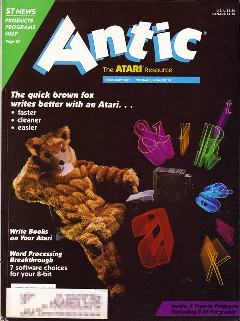
Antic was a print magazine devoted to Atari 8-bit computers and later the Atari ST. It was named after the ANTIC chip in the 8-bit line which, in concert with CTIA or GTIA, generates the display. The magazine was published by Antic Publishing from April 1982 until June/July 1990.Antic printed type-in programs, reviews, and tutorials, among other articles. Each issue contained one type-in game as "Game of the Month." In 1986, STart magazine was spun off to exclusively cover the Atari ST line.
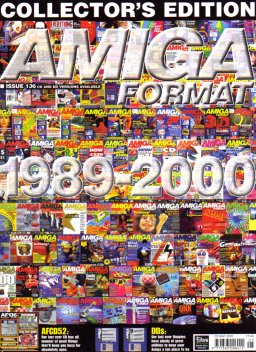
Amiga Format was a British monthly computer magazine for Amiga computers, published by Future Publishing. The magazine lasted 136 issues from 1989 to 2000. The magazine was formed when Future split ST/Amiga Format into two separate publications.
Europress was a British magazine and software publisher based in Adlington, near Macclesfield, Cheshire. Their magazine publishing business was previously known as Database Publications. The software division was renamed in 1999 to Actualize.
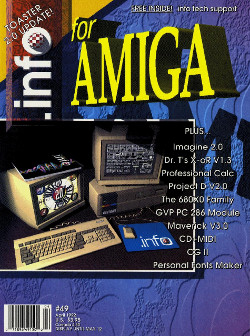
.info was a computer magazine covering Commodore 8-bit computers and later the Amiga. It was published from 1983 to 1992.

Amiga User International was a monthly computer magazine published in its later years by AUI Limited, it was the first dedicated Amiga magazine in Europe and in comparison to other Amiga magazines, AUI had a more serious perspective. One of the main features of AUI was the "AUI SuperDisks", which implemented multiple file systems and advanced compression techniques to hold far more data than a standard magazine cover disk.
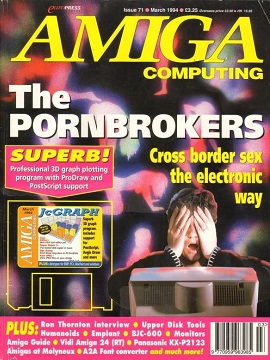
Amiga Computing was a monthly computer magazine of a serious nature, published by Europress and IDG in both the UK and US. A total of 117 issues came out. The games section was called Gamer, although later Amiga Action was incorporated into the magazine and became the games section.

Mega was a British monthly magazine that covered the Mega Drive video game console. During its time as one of the main Mega Drive publications, Mega covered the "golden age" of the Sega Mega Drive from 1992 to 1995. The magazine went through many changes including a re-design in content and layout before being sold to a rival publisher.
Warp3D was a project founded by Haage & Partner in 1998 that aimed to provide a standard API that would enable programmers to access, and therefore use, 3D hardware on the Amiga.
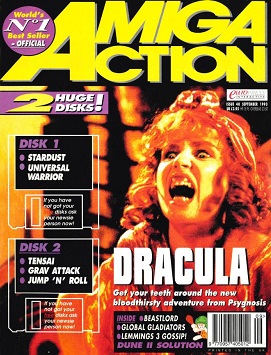
Amiga Action was a monthly magazine about Amiga video games. It was published in the United Kingdom by Europress and ran for 89 full issues, from October 1989 to December 1996. After its closure, it was merged into sister publication Amiga Computing, replacing its games section. This ran for 10 issues until September 1997 when that magazine also folded.
















